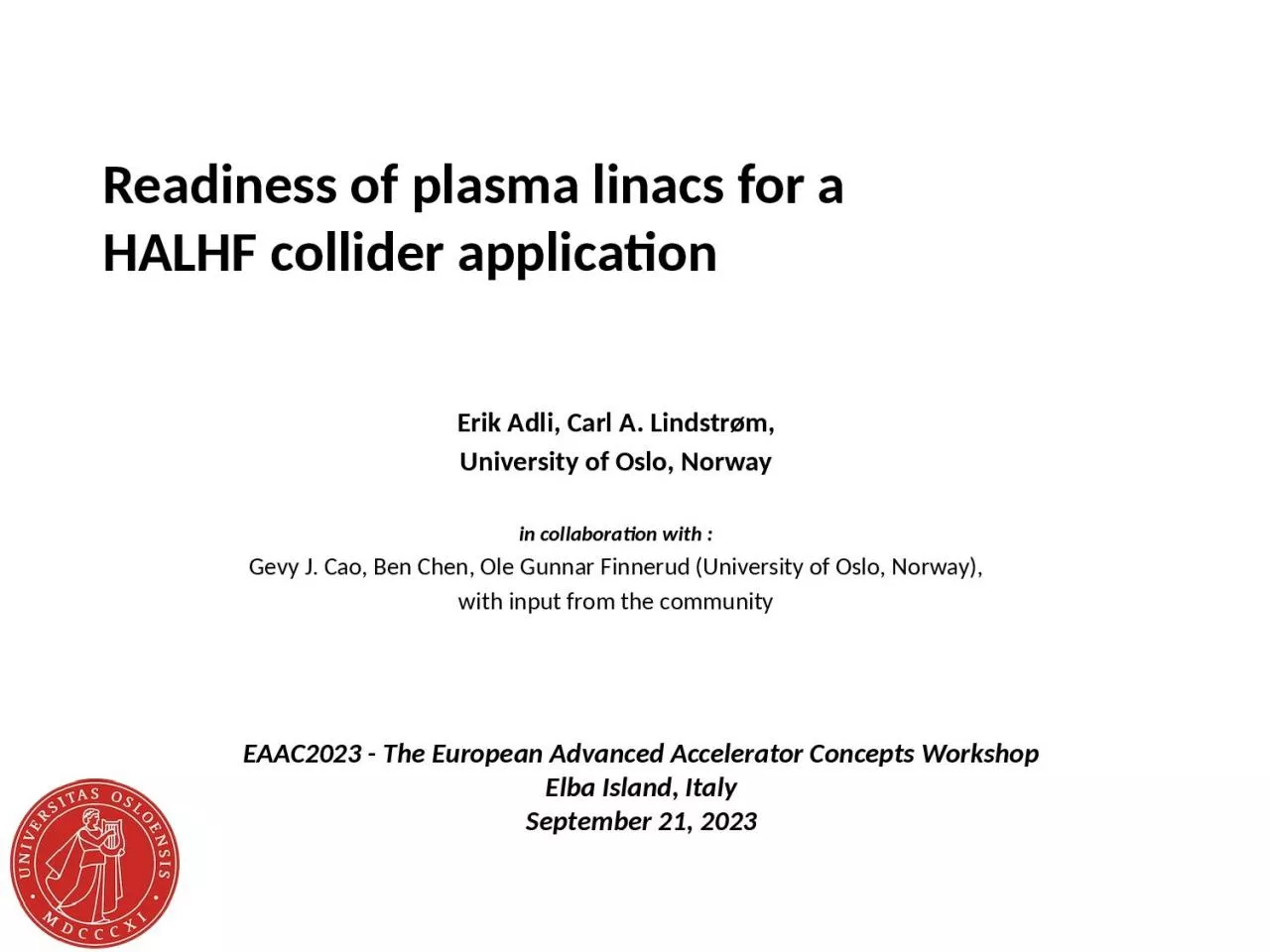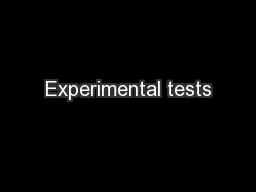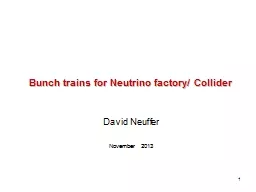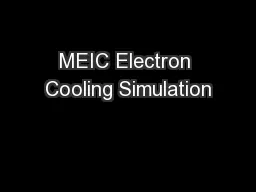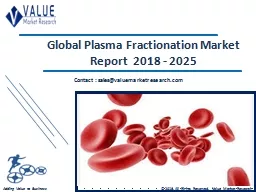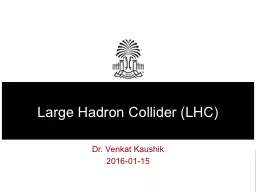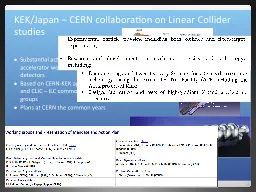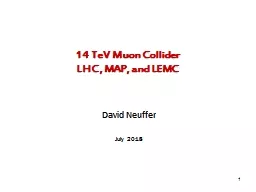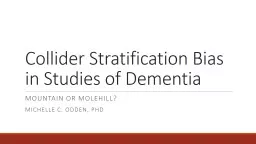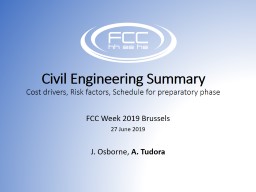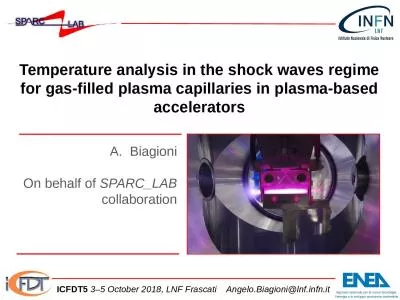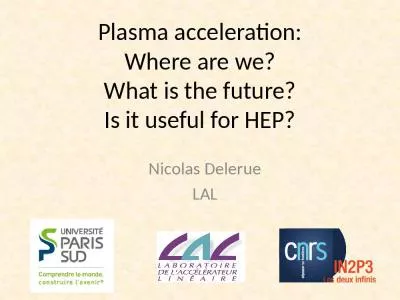PPT-Readiness of plasma linacs for a HALHF collider application
Author : ruby | Published Date : 2024-01-29
Erik Adli Carl A Lindstrøm University of Oslo Norway in collaboration with Gevy J Cao Ben Chen Ole Gunnar Finnerud University of Oslo Norway with input from
Presentation Embed Code
Download Presentation
Download Presentation The PPT/PDF document "Readiness of plasma linacs for a HALHF c..." is the property of its rightful owner. Permission is granted to download and print the materials on this website for personal, non-commercial use only, and to display it on your personal computer provided you do not modify the materials and that you retain all copyright notices contained in the materials. By downloading content from our website, you accept the terms of this agreement.
Readiness of plasma linacs for a HALHF collider application: Transcript
Download Rules Of Document
"Readiness of plasma linacs for a HALHF collider application"The content belongs to its owner. You may download and print it for personal use, without modification, and keep all copyright notices. By downloading, you agree to these terms.
Related Documents

